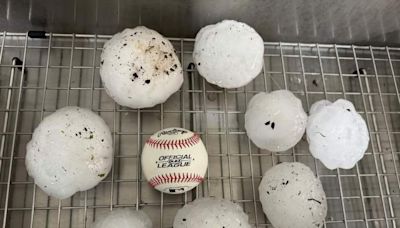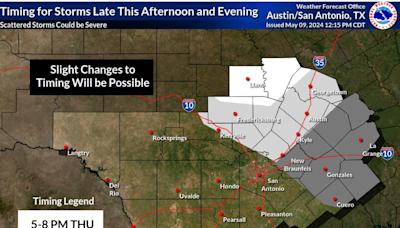Search results
Hail is a form of precipitation consisting of solid ice that forms inside thunderstorm updrafts. Hail can damage aircraft, homes and cars, and can be deadly to livestock and people. What we do: Read more about NSSL's hail research here. How does hail form?
May 12, 2020 · 1. Hail is a form of precipitation — like rain or snow — that is made up of solid ice. (Luis Diaz Devesa/Getty Images) 2. It is not the same thing as frozen rain. Frozen rain falls as water but...
Oct 19, 2023 · Hail is associated with high, vertical cumulonimbus clouds, the kind of clouds that produce severe thunderstorms. Within a cumulonimbus cloud, ice particles develop from supercooled water. The particles fall toward the bottom of the cloud from the pull of gravity, but they are forced back up by powerful updrafts of air within the clouds.
Feb 4, 2024 · Hail is a type of solid precipitation associated with thunderstorms that consists of irregular lumps or rounded balls of ice. This article explores the definition of hail, its formation process, the factors influencing its development, its varying sizes, and how it differs from other forms of precipitation like graupel, sleet, and snow.
Mar 14, 2024 · Hail is a type of frozen precipitation that forms during thunderstorms, typically in the spring and summer months in the U.S. Strong updrafts, which is the upward flow of air in a thunderstorm, carry up very small particles called ice nuclei that water freezes onto when it passes the freezing level in the atmosphere.
Jan 12, 2020 · Updated on January 12, 2020. Hail is a form of precipitation that falls from the sky as ice pellets that can range from small pea-sized projectiles to humongous hailstones as large as grapefruits.
Sep 5, 2022 · How big was the “hail swath” — the area of the storm that dropped hail? How big was the biggest hailstone? Most reports of record hail are made by civilians, but the accuracy is often lacking.





